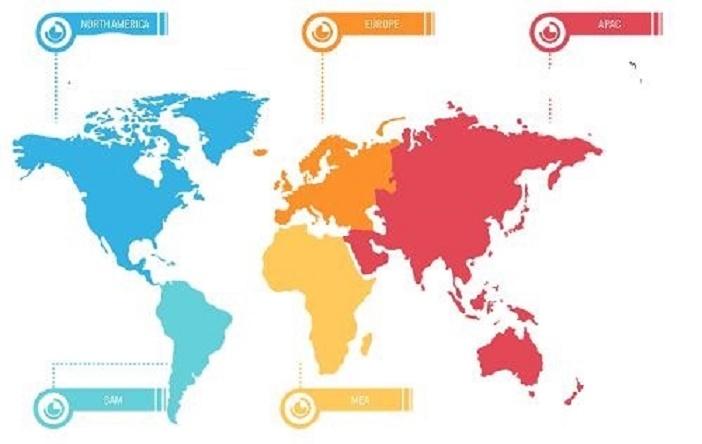High-density polyethylene (HDPE) has emerged as a game-changer in the world of piping systems, offering a superior alternative to traditional materials.
Its unique combination of properties, such as durability, flexibility, and corrosion resistance, has led to its growing importance across various industries. From water distribution and wastewater management to oil and gas transportation, HDPE pipes are increasingly being recognized for their exceptional performance and cost-effectiveness.
Historical development of HDPE in piping applications
The journey of HDPE in piping applications began in the 1950s when the material was first synthesized. However, it wasn’t until the 1960s that HDPE pipes started gaining traction in the market. Initially used for agricultural and irrigation purposes, HDPE pipes quickly proved their worth in terms of durability and ease of installation.
As manufacturing processes improved and the benefits of HDPE became more apparent, its use expanded to other sectors, such as municipal water supply, natural gas distribution, and industrial applications.
Properties of HDPE that make it suitable for various uses
HDPE possesses a range of properties that make it an ideal choice for piping systems.
One of its most significant advantages is its exceptional durability. HDPE pipes are resistant to corrosion, chemicals, and abrasion, ensuring a long service life even in harsh environments.
They are also lightweight and flexible, making them easier to transport and install compared to metal pipes. HDPE’s smooth interior surface reduces friction, allowing for efficient fluid flow and minimizing the risk of blockages.
HDPE pipes have excellent resistance to stress cracking and impact, making them suitable for high-pressure applications. They can withstand extreme temperatures, both hot and cold, without compromising their structural integrity.
HDPE’s low thermal conductivity also helps maintain the temperature of the fluid being transported, reducing energy losses.
Comparison with traditional piping materials
Traditionally, piping systems have relied on materials such as steel, cast iron, and concrete. While these materials have their merits, they also have limitations that HDPE overcomes.
Steel and cast iron pipes are prone to corrosion, leading to leaks and reduced service life. They are also heavy and difficult to install, requiring specialized equipment and skilled labor. Concrete pipes, although durable, are brittle and susceptible to cracking under high loads or ground movement.
In contrast, HDPE pipes offer superior corrosion resistance, eliminating the need for costly protective coatings or cathodic protection. Their lightweight nature and flexibility make them easier to handle and install, reducing labor costs and project timelines.
HDPE pipes also have a lower carbon footprint compared to metal pipes, as they require less energy to manufacture and transport.
Case studies of successful HDPE installations
The success of HDPE pipes in various applications is evident through numerous case studies. In the water industry, HDPE has been widely adopted for both potable water distribution and wastewater collection.
In the oil and gas sector, HDPE pipes have proven their worth in gathering and distribution systems. The use of HDPE has resulted in reduced maintenance costs and increased operational efficiency.
Industrial applications have also benefited from HDPE piping systems. Chemical processing plants, power generation facilities and mining operations rely on HDPE pipes to transport corrosive fluids, slurries, and abrasive materials.
Future prospects and innovations in HDPE Technology
As the demand for reliable and sustainable piping solutions grows, HDPE is poised for further advancements and innovations. Researchers and manufacturers are continually working on enhancing the properties of HDPE, such as increasing its strength, improving its resistance to higher temperatures, and developing new formulations for specific applications.
One exciting development is the use of recycled HDPE in piping systems. With the increasing focus on environmental sustainability, the ability to recycle and reuse HDPE pipes is gaining importance. Manufacturers are exploring ways to incorporate recycled HDPE into new pipes without compromising their performance, reducing waste and conserving resources.
Another area of innovation is the integration of smart technology into HDPE piping systems. The incorporation of sensors and monitoring devices can provide real-time data on the condition of the pipes, detecting leaks, measuring flow rates, and optimizing maintenance schedules. This integration of HDPE pipes with the Internet of Things (IoT) has the potential to revolutionize asset management and improve the efficiency of piping networks.
HDPE has revolutionized the world of piping systems, offering a superior alternative to traditional materials. Its unique combination of properties, including durability, flexibility, and corrosion resistance, has led to its widespread adoption across various industries.
From water distribution and wastewater management to oil and gas transportation and industrial applications, HDPE pipes have proven their worth through successful installations and case studies.
As the demand for sustainable and efficient piping solutions continues to grow, HDPE is well-positioned to meet the challenges of the future. With ongoing advancements in material science and the integration of smart technology, HDPE piping systems are set to become even more resilient, intelligent, and environmentally friendly.
The future of piping lies in the hands of innovative materials like HDPE, paving the way for a more sustainable and efficient infrastructure.




